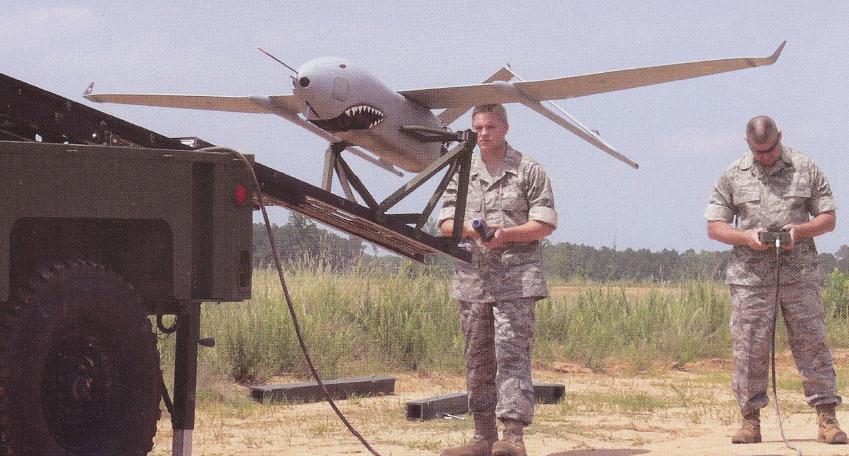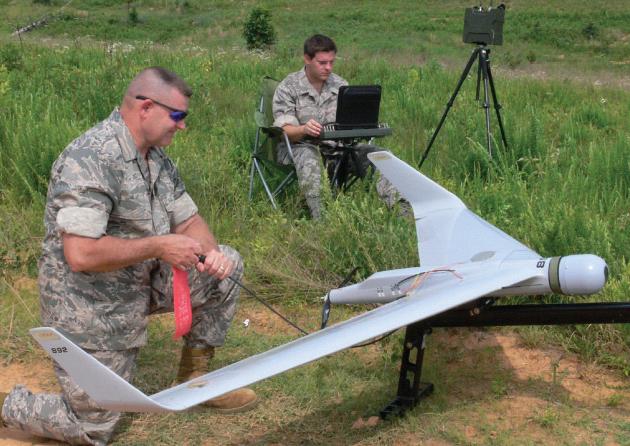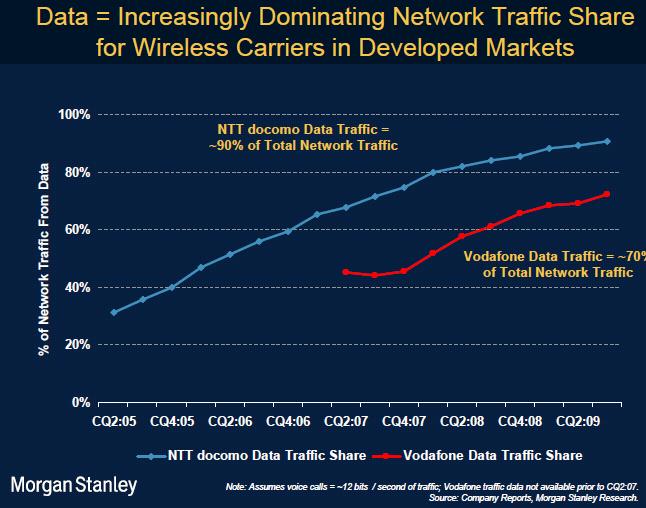This summarizes a selection of applications for the Experimental Radio Service received by the FCC during June 2010. These are related to aircraft systems, WiMAX, sports telecast support, public safety communications, tactical cellular service, medical telemetry, satellite, antennas, radar, white-space devices, weapons telemetry, spacecraft communications, and broadcasting.
- AAI/Textron Systems Corporation filed an application (with supporting exhibits) for experimental license. The company wants to test its Shadow 200, Aerosonde, Orbiter and other unmanned aircraft systems. This is related to work for the United States Marine Corp. Operation is to be on 310-390 MHz, 902-928 MHz, 1090 MHz, 1350-1390 MHz, 1700-1859 MHz, and 4400-4999 MHz. Transmitting equipment is manufactured by Microhard Systems Corporation, Free Wave Technologies, Advanced Microwave Products, Global Microwave Systems, and Microair Avionics.
FCC staff has asked for several items of information before approving the application. The FAA operates in the frequency bands 328.6-335.4 MHz, 1090 MHz, and 1215-1390 MHz; FCC staff asks for coordination of these bands with the FAA Regional Office. In addition, the frequency bands 225-328.6 MHz and 335.4-399.9 MHz are used for military purposes, and the applicant was asked to coordinate with NTIA’s Interdepartment Radio Advisory Committee (IRAC).
- AAI/Textron Systems Corporation also filed an application (with supporting exhibits) for special temporary authority to operate on 420-450 MHz and 2000-2400 MHz for a government project apparently involving the Orbiter miniature unmanned aircraft system. There is not much information about the proposed operation, and FCC staff has asked for more details.
In correspondence to the applicant, FCC staff notes that the “Aerospace & Flight Test Radio Coordinating Council (AFTRCC) oversees the frequency bands; 1435-1525 MHz, 2310-2320 MHz, and 2345-2390 MHz. These frequency bands need to be removed or need to be prior coordinated.”
- Sportvision filed an application (with supporting exhibits) for special temporary authority for testing of an automobile race track wireless data system that is to provide data communications between vehicles in a race track and one or more fixed base stations installed along a track. Operation is to be on 2395-2400 MHz.
One application seen for this system is video image enhancement for television broadcasting of automobile racing events. The would allow television viewers to see, displayed on screen, the real-time location of cars during a racing event.
The vehicles would be equipped with GPS receivers and other sensors that generate a data packet every 200 milliseconds. The wireless system would collect those packets and deliver them to a control station in real time. “The radio itself is a direct sequence spread spectrum unit, using production radios for 2.4 GHz. The system may ultimately be deployed on an unlicensed basis in the 2.4 GHz band or elsewhere, but the high noise levels in that band in the test locations (commercial automobile race tracks) are unsuitable for development and testing of the product.”
“An Intersil baseband processor performs the Direct Sequence modulation and demodulation. It is part of a five-chipset developed for the 802.11b standard. It uses 1/4th of the standard 802.11 speed resulting in a narrow occupied RF bandwidth.”
The frequency band requested is allocated on a primary basis to the Amateur Radio Service, and coordination is to be performed with the ARRL. This application was granted on June 4.


